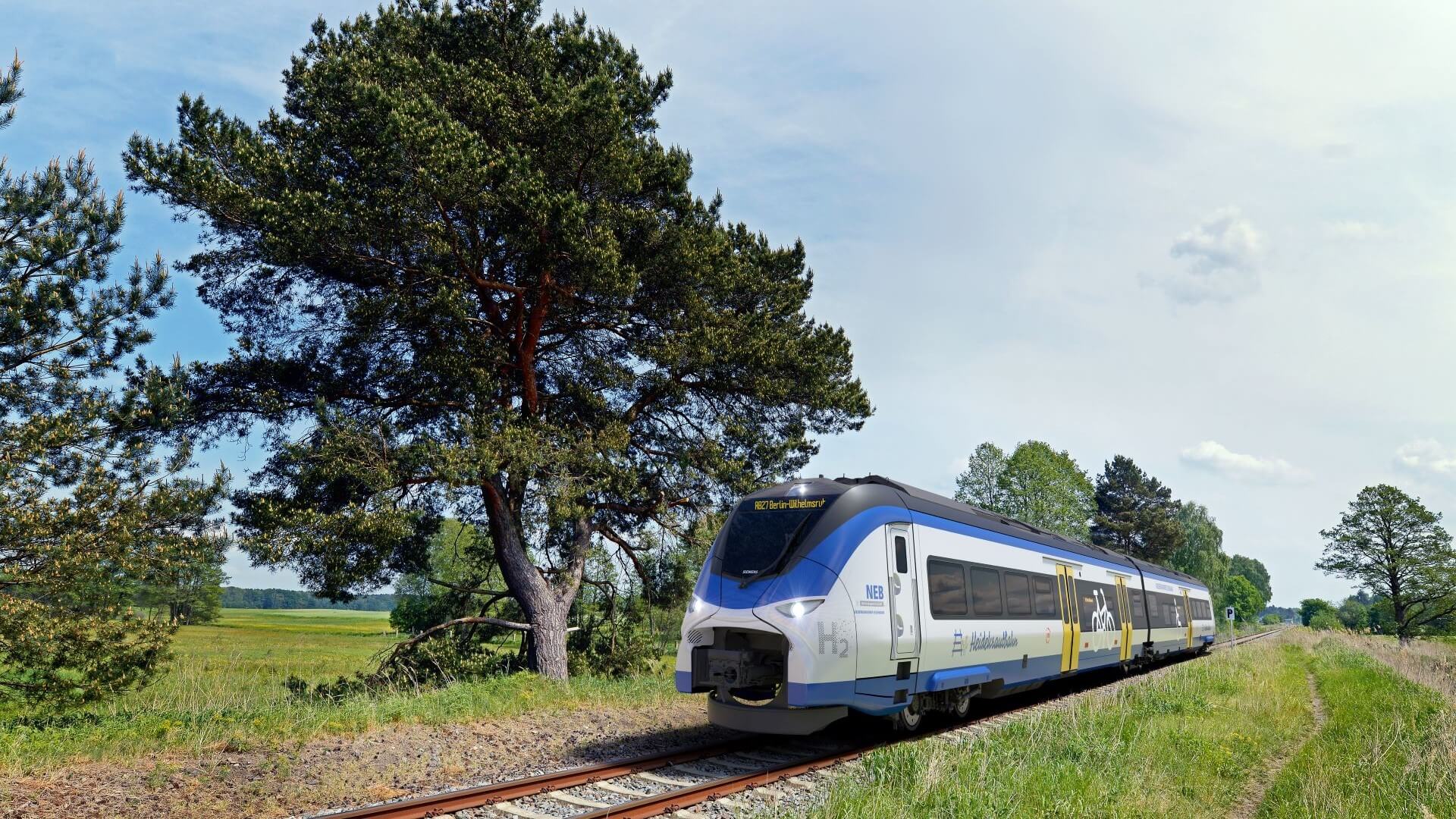UPDATED 1 Sept: The EI library in London is temporarily closed to the public, as a precautionary measure in light of the ongoing COVID-19 situation. The Knowledge Service will still be answering email queries via email , or via live chats during working hours (09:15-17:00 GMT). Our e-library is always open for members here: eLibrary , for full-text access to over 200 e-books and millions of articles. Thank you for your patience.
New Energy World
New Energy World embraces the whole energy industry as it connects and converges to address the decarbonisation challenge. It covers progress being made across the industry, from the dynamics under way to reduce emissions in oil and gas, through improvements to the efficiency of energy conversion and use, to cutting-edge initiatives in renewable and low carbon technologies.
Roadmap for large-scale green hydrogen import to Germany
6/7/2022
A group of leading German companies along with Australia’s Fortescue Future Industries (FFI) has released a green hydrogen roadmap outlining a set of recommendations for government and industry to meet the ambitious target of importing large amounts of green hydrogen from Australia to Germany.
The roadmap has been developed by the Green Hydrogen Taskforce, which was created earlier this year by FFI and German energy, industrial and technology companies Covestro, E.ON, Linde, Luthardt, SAP, Schaeffler, Thyssenkrupp Nucera and Thyssenkrupp Uhde.
Comprising a 10-point plan and a White Paper, the roadmap is intended to outline a constructive pathway forward in Germany for business and government, and to potentially serve as an example for other G7 nations looking for hydrogen solutions.
The recommendations to the German government include developing subsidies and incentives to remove the ‘first mover disadvantage’, encouraging sources of low-cost capital to scale the industry, and underwriting equipment manufacturers’ expansion plans to meet developers’ needs.
‘Climate change has become a dramatic reality of our times with visible impacts on all continents and all countries. The UN IPCC report has recommended reducing fossil fuel production to keep temperature increases under 1.5 degrees and halt the worst impacts of global warming... The Russian war on Ukraine has in addition created a new reality. This must lead to an accelerated energy transition, especially regarding the development of a green hydrogen economy, which will help to decarbonise as well as to diversify energy supply,’ says the Taskforce.
Key findings from the roadmap reports include:
- Industrial demand centres in Germany and the European Union (EU) are ready to offtake up to 5mn t/y of green hydrogen in the short-term, with a total addressable market of up to 27mn t/y in the long-term.
- By 2030, the carbon price will likely reach a sufficient threshold for imported green hydrogen to be competitive with fossil fuels, negating the need for any further subsidies.
- The required near-term market- and first-mover support of €20–30bn will achieve more than 10-times leverage on capital deployed into industrial assets.
- Clear and timely government support is needed to signal confidence in a burgeoning green hydrogen market and remove barriers to investment.
- Once common standards and robust financial mechanisms are in place, stakeholders across the green hydrogen value chain are ready to agree on contracts and ensure production, transport, storage, and conversion facilities are ramped up at the scale required to meet deployment targets.
- Green ammonia is a key route for green hydrogen to be supplied to EU markets as existing infrastructure can be leveraged and expanded, and safe handling of ammonia is well established.
- Moving quickly and strategically to build up a green hydrogen trade will enable Germany and the EU to capitalise on short-term opportunities across volatile global energy markets, and to safeguard energy security while achieving critical decarbonisation objectives.
First hydrogen-powered trains for Berlin-Brandenburg metropolitan region
Meanwhile in Germany, Siemens Mobility has secured a contract to build seven two-car Mireo Plus H trains powered by fuel cells for Niederbarnimer Eisenbahn (NEB), making it the first rail network in the Berlin-Brandenburg region to use hydrogen fuel cell trains.
It is Siemens Mobility’s first order for a fleet of trains based on hydrogen technology. The units will be delivered in autumn 2024 and begin operations on the Heidekrautbahn in December 2024.
Equipped with a fuel cell drive system and a lithium-ion battery, this second-generation hydrogen train provides completely CO2 emission-free mobility and has a top speed of 160 km/h, reports Siemens Mobility. In addition, it claims the train has the ‘lowest lifecycle costs on the market and can be refuelled in just 15 minutes’.
The Mireo’s design features a self-supporting, welded and integral lightweight aluminium construction. The train’s improved aerodynamics, energy-efficient components and intelligent electrical system management also help reduce emissions and the use of resources.

The Mireo Plus H hydrogen train is claimed to offer CO2 emission-free mobility and can be refuelled in just 15 minutes
Photo: Siemens Mobility
